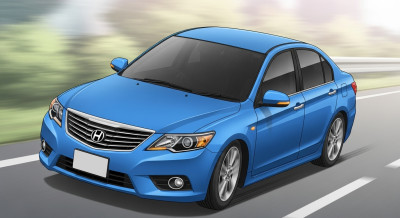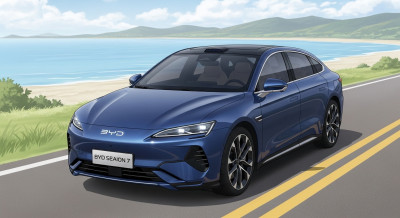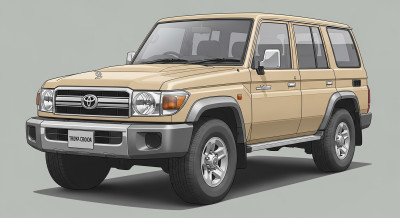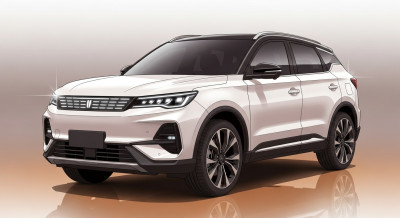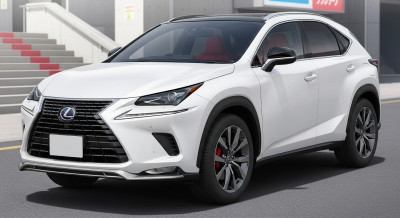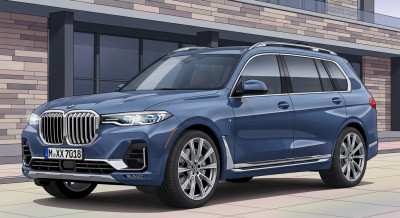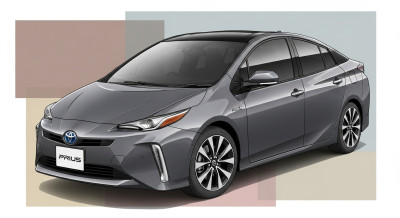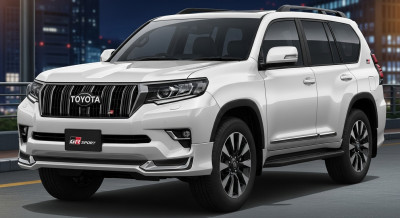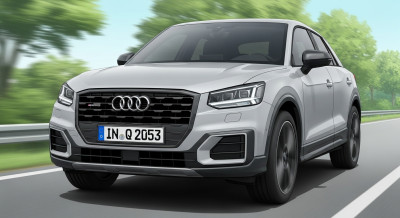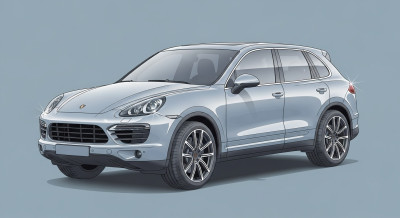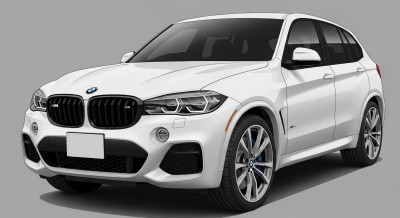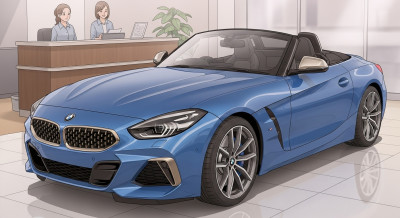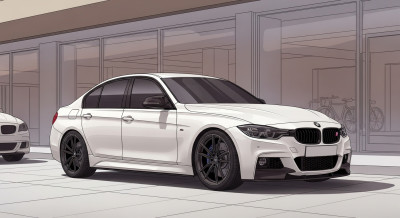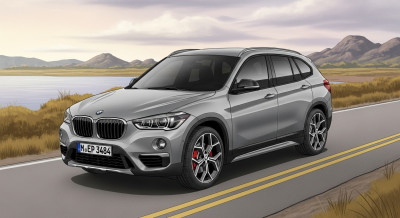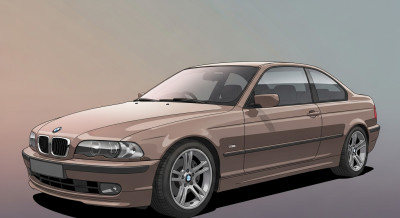Gran Turismo 6 | Honda S500 '63 | Trial Mountain Circuit Race
Having dominated the world of two-wheeled racing at the Isle of Man TT, World GP, and more, Honda moved into to the world of four-wheeled cars in 1963. The car announced was an ultra compact, 2-seater sports car, the S500. Soichiro Honda, the hero of the post war automotive industry shocked the world by building a sports car from scratch.
But Honda had not just selected a sports car for their debut out of blind passion. With a small, high performance engine, they could utilise all the know-how they gained in motorcycles. To learn about building a body for a 4-wheeled vehicle, it was easier to start with sports cars, which have a simpler structure than saloons. And on top of that, it was befitting Honda's image.
The Honda sports car, beginning with the S500 in 1963, quickly advanced to the S600 the following year in its quest for more power. They went on to produce a special fastback coupe, and performed well in racing. During those days, and even today, the world had never seen a car that could rev up to 10,000 rpm in stock condition. As soon as you heard that soprano engine note, you knew, that an "S" was coming.
2 years later, the S800 with an even larger engine was added, and when the improved S800M made its appearance, the Honda sportscar was at a level of perfection. The suspension had become a true automotive 4-wheel design, and it was able to go flying into corners.
The "S6" and the "S8" were cars with low seats and a 3.9 inches short-throw gearstick within easy arm's reach, delivering a true sports car experience. The prefix 'S' was, and still is, synonymous with Honda sports cars
Having dominated the world of two-wheeled racing at the Isle of Man TT, World GP, and more, Honda moved into to the world of four-wheeled cars in 1963. The car announced was an ultra compact, 2-seater sports car, the S500. Soichiro Honda, the hero of the post war automotive industry shocked the world by building a sports car from scratch.
But Honda had not just selected a sports car for their debut out of blind passion. With a small, high performance engine, they could utilise all the know-how they gained in motorcycles. To learn about building a body for a 4-wheeled vehicle, it was easier to start with sports cars, which have a simpler structure than saloons. And on top of that, it was befitting Honda's image.
The Honda sports car, beginning with the S500 in 1963, quickly advanced to the S600 the following year in its quest for more power. They went on to produce a special fastback coupe, and performed well in racing. During those days, and even today, the world had never seen a car that could rev up to 10,000 rpm in stock condition. As soon as you heard that soprano engine note, you knew, that an "S" was coming.
2 years later, the S800 with an even larger engine was added, and when the improved S800M made its appearance, the Honda sportscar was at a level of perfection. The suspension had become a true automotive 4-wheel design, and it was able to go flying into corners.
The "S6" and the "S8" were cars with low seats and a 3.9 inches short-throw gearstick within easy arm's reach, delivering a true sports car experience. The prefix 'S' was, and still is, synonymous with Honda sports cars.
 LEXUS
LEXUS  AUDI
AUDI  PORSCHE
PORSCHE  ROLLS-ROYCE
ROLLS-ROYCE  LAND ROVER
LAND ROVER  FERRARI
FERRARI  MASERATI
MASERATI  CADILLAC
CADILLAC  CHRYSLER JEEP
CHRYSLER JEEP 















